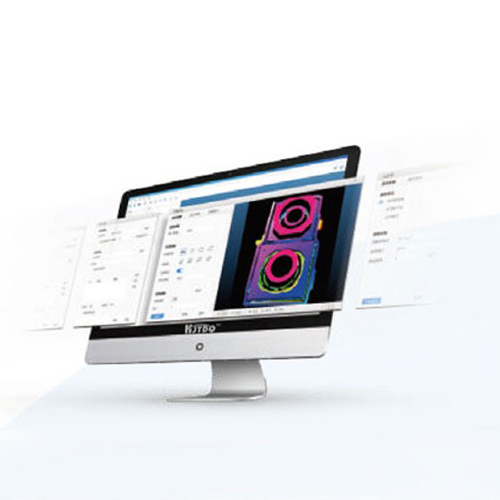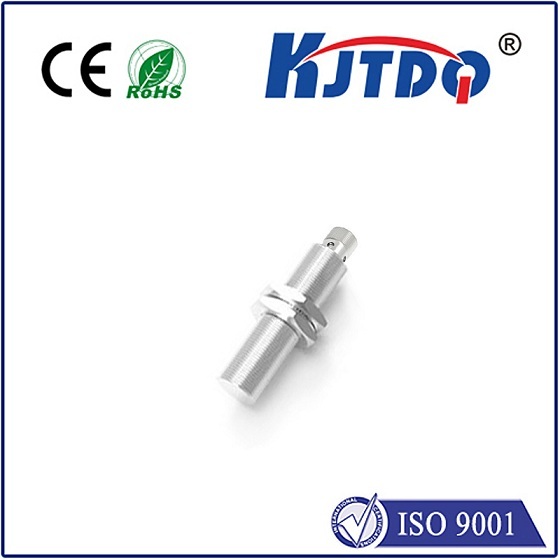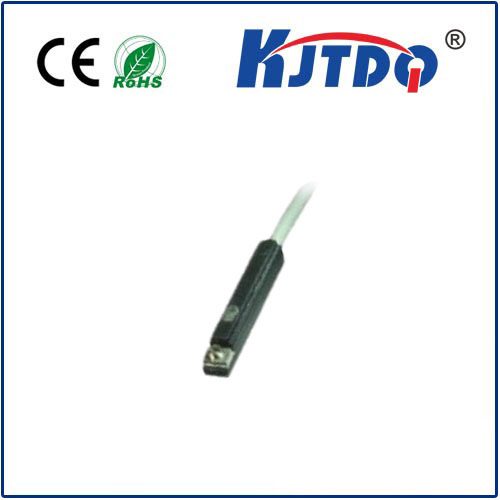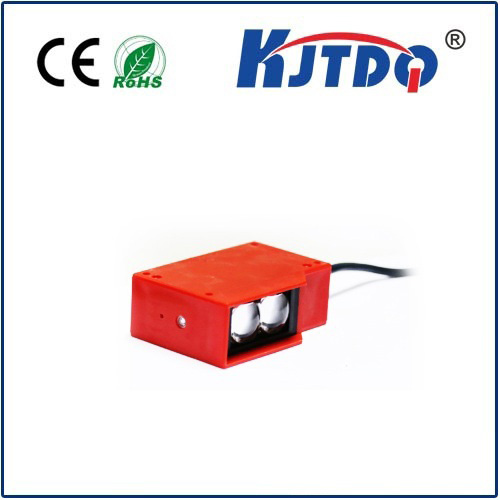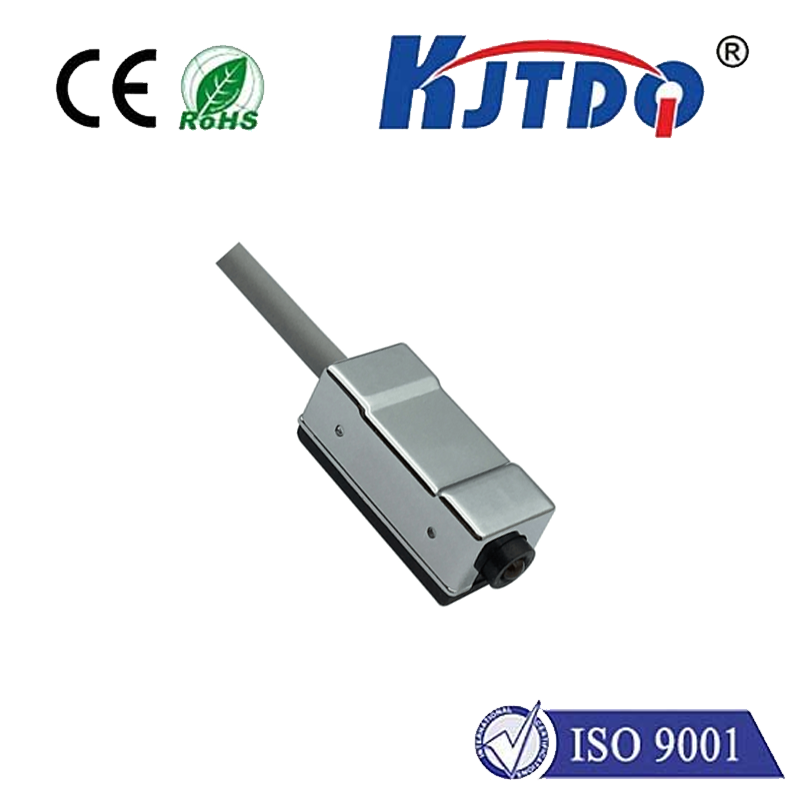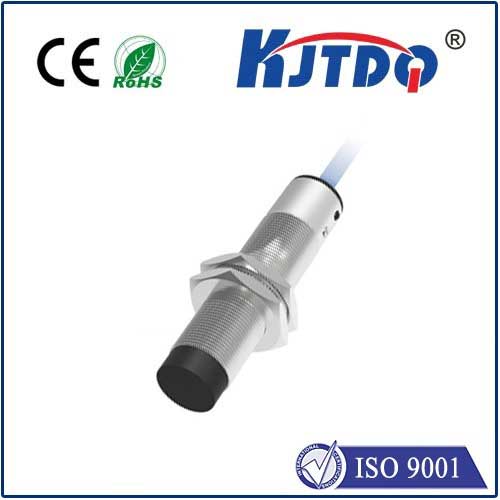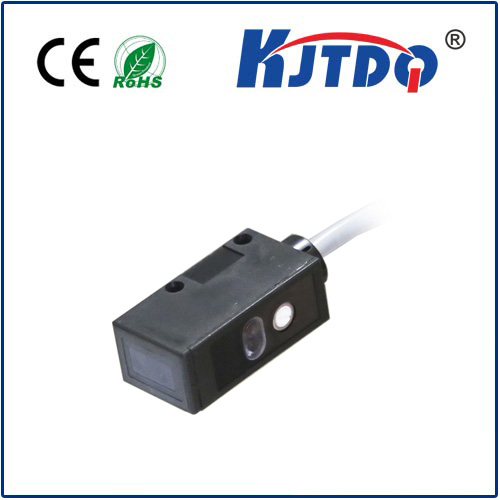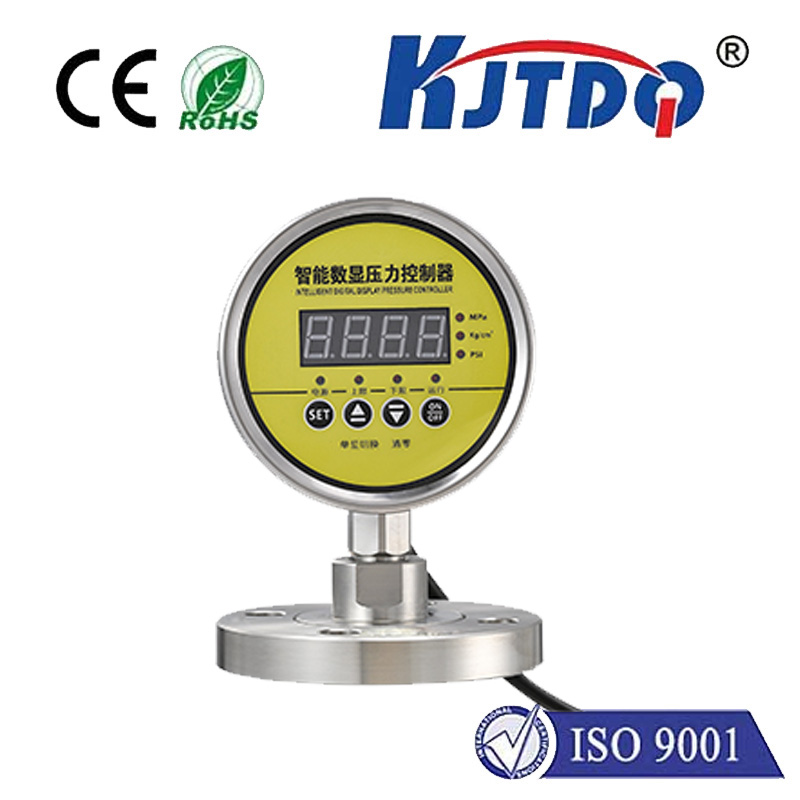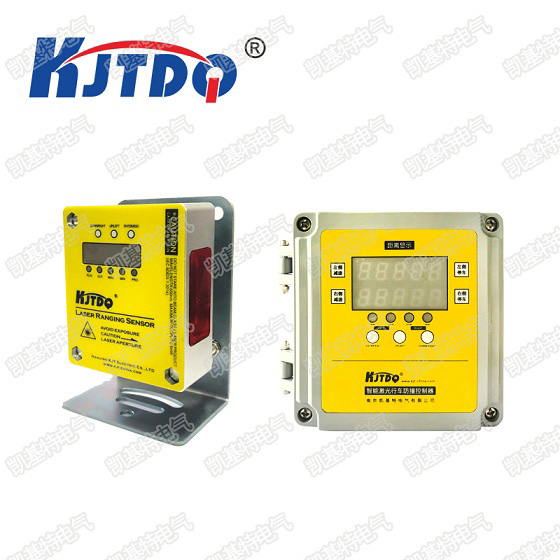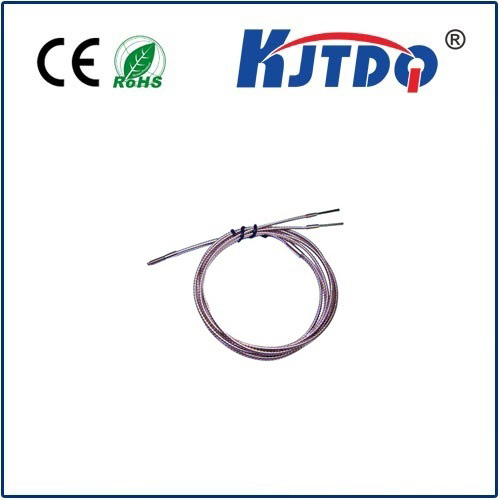

check

check

check

check
Inductive sensors are a type of sensor that use induction to detect and measure various physical phenomena. The M18 variant is a popular and versatile model, offering high accuracy, sensitivity, and durability. In this article, we will provide an in-depth overview of the features and applications of inductive sensor M18, as well as guidelines for selecting the right one for your specific needs.
One of the key advantages of inductive sensors is their non-contact nature, which eliminates the need for physical contact between the sensor and the object being measured. This makes them ideal for applications where contamination, wear, or other environmental factors could interfere with traditional contact sensors. Furthermore, inductive sensors can operate over a wide range of temperatures and frequencies, making them suitable for use in various industries such as automotive, healthcare, and manufacturing.
To choose the appropriate inductive sensor M18 for your application, it is important to consider factors such as the type of measurement you want to make (temperature, pressure, position, etc.), the operating environment (dusty, vibration-sensitive, etc.), and the required accuracy and resolution. Other factors to consider include the number of channels required (single-channel or multi-channel), the power supply requirement (DC or AC), and any special features or configurations that may be necessary.
In summary, inductive sensor M18 is a powerful and versatile tool for detecting and measuring physical phenomena across a wide range of industries. By understanding the features and applications of this technology, as well as how to select the right one for your specific needs, you can ensure optimal performance and accuracy in your applications.
